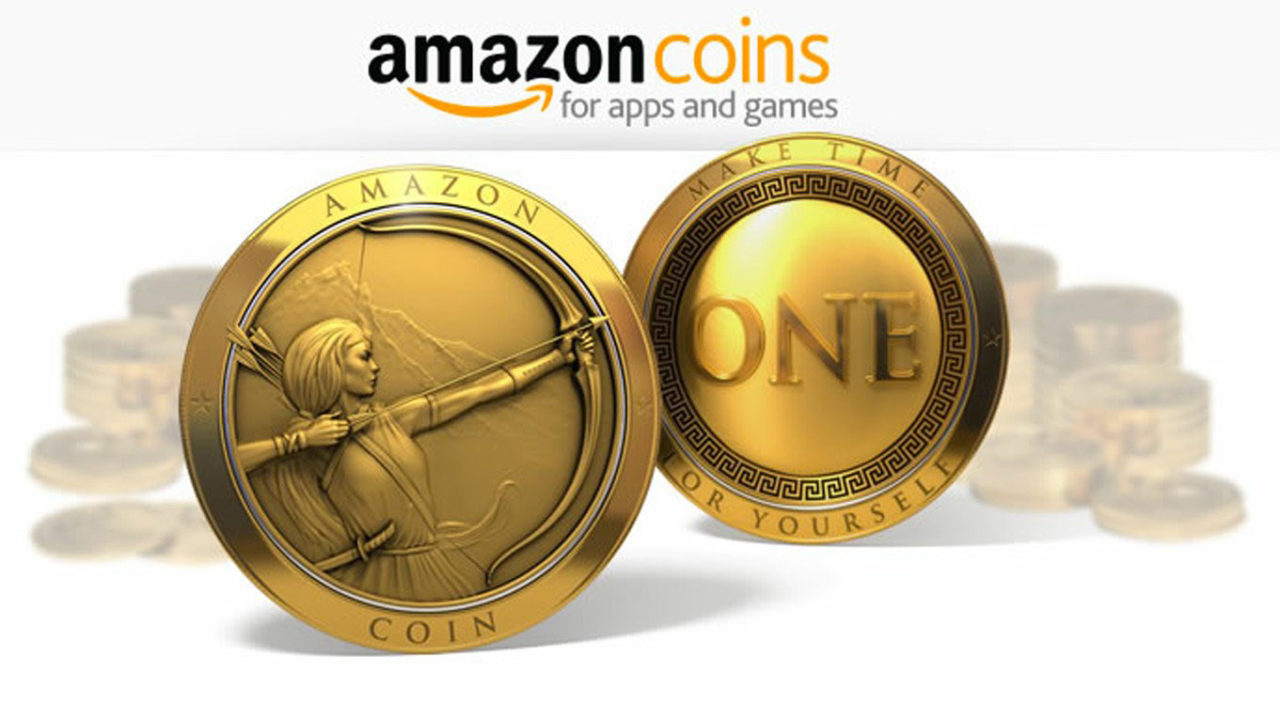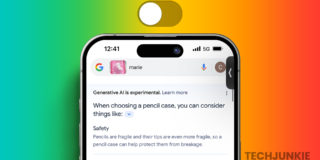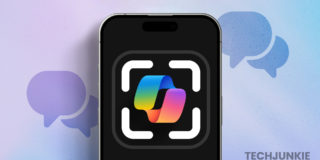Amazon Launches Coins Digital Currency, A Bad Deal for Consumers

After teasing the idea in February, Amazon today launched its own digital currency for the Kindle ecosystem. Named “Coins,” the move is being sold by the company as a way to both simplify transactions as well as generate more money for content creators.
For customers, Amazon Coins is an easy way to purchase apps and in-app items on Kindle Fire, and for developers it’s another opportunity to drive traffic, downloads and increased monetization. With discounts of up to 10% for purchasing Coins in bulk, it’s also an opportunity for customers to save money on their app and game purchases.
Instead of paying directly for purchases, customers have the option of loading up their Amazon account with “coins” purchased in various blocks starting at 500 for $5 and going all the way to 10,000 for $90.
This model has been tested before by companies like Microsoft and its Xbox Live Marketplace. Consumers are sold on the idea with the promise that they will save money in the long run (with Amazon Coins, for example, if you’re about to purchase $100 worth of content, you can get it for $90 worth of coins). It is also advertised as making purchasing easier. Customers can load up their accounts with coins to spend without worrying about credit cards, and parents can give their children coin allowances.
But the company gains far more than the consumer in most cases. Here, as it was with Microsoft Points, customers will usually be forced to purchase more coins than they need at the given time, providing Amazon with an “interest free loan” of the customer’s unspent coin balance. Prices of products will also almost never line up exactly with coin purchasing blocks. Many Android games for the Kindle Fire are $0.99, for example, and books and music also usually have non-rounded pricing. This means that every Amazon Coin user will eventually reach a point where they want to buy an app for $0.99, have only $0.98 worth of coins, and must then give Amazon at least an extra $5 for an additional block of 500 coins just to cover that last penny.
These problems resulted in significant criticism of Microsoft and its Xbox Live Points system, and played a major role in the company’s decision to dump points and return to actual local currency for the Windows 8 Store and, we assume, the next generation of Xbox Live.
Amazon certainly hopes to strengthen its grip on Kindle customers with the new Coins system and is hoping to attract new interest by giving every new and existing Kindle Fire owner $5 worth of coins for free. Kindle customers will find their coins already attached to their accounts and can begin to spend them immediately.
The “free gift” is a nice gesture, but the ultimate success of the program remains in doubt, as Amazon has not yet shown how it plans to avoid the problems faced by its predecessors who also went down this same road.
Those interested in learning more about the new program can visit Amazon’s Coins page.
















